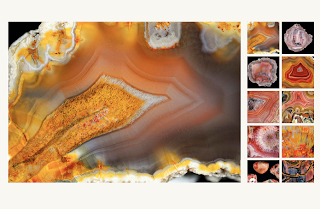Exploring Art-Education
Wednesday, April 25, 2012
Thursday, March 29, 2012
Positive/Negative Space
There are two kinds of space: Positive & Negative
Positive spaces are those occupied by the main subjects of the work. The Negative spaces are the areas around and behind the positive spaces. Negative space can also be referred to as the background
Positive spaces are those occupied by the main subjects of the work. The Negative spaces are the areas around and behind the positive spaces. Negative space can also be referred to as the background
My Example
Watercolor over drawing on watercolor paper
Student works:
Abstract Painting Lesson
Students will:
1. Learn the definition of abstraction- Freedom from representational qualities
2. Learn about abstract art, see examples of abstract artists
3. Learn various painting techniques through the acts of simplifying, distorting, or emphasizing specific elements and various paint applications
4. Create an abstract painting based on abstractions in nature
Content/Key ideas:
• What is abstract art & why is it important?
• Study abstract designs found in nature such as rocks and minerals
• Create sketch inspired by photographed abstractions
• Experiment with painting techniques
• Connect core ideas in science & the arts by studying micro/macro images of rocks and minerals then making a creative composition inspired by them
Materials:
• Pencil & paper for sketching designs
• Acrylic or tempera paint
• Paint brushes, paint tools, water & buckets
1. Learn the definition of abstraction- Freedom from representational qualities
2. Learn about abstract art, see examples of abstract artists
3. Learn various painting techniques through the acts of simplifying, distorting, or emphasizing specific elements and various paint applications
4. Create an abstract painting based on abstractions in nature
Content/Key ideas:
• What is abstract art & why is it important?
• Study abstract designs found in nature such as rocks and minerals
• Create sketch inspired by photographed abstractions
• Experiment with painting techniques
• Connect core ideas in science & the arts by studying micro/macro images of rocks and minerals then making a creative composition inspired by them
Materials:
• Pencil & paper for sketching designs
• Acrylic or tempera paint
• Paint brushes, paint tools, water & buckets
Wednesday, November 23, 2011
Eric Carle Collage Very Inspiring Insects
Students will:
· See examples of illustrations from The Very books, read the Very Quite Cricket aloud.
· Watch a video clip of Eric Carle making his collage and study his style of art Great Video for seeing how he makes his collage (also youtube has great clips)
· Create unique textured paper using various painting tools and techniques that will be used in collage
· Study insect anatomy (3-part segmented body + wings, 6 legs, antenna)
· Design and assemble textured paper into a fun insect
Materials:
· Paint
· Paint brushes, texture tools
· Water bucket
· 2- 9x12 inch pieces of paper
· Scissors
· Glue
· 12x18 dense white paper to mount bug collage on
(Students explore inventing texture)
(One of my Examples, I will post students as they finish)
Subscribe to:
Comments (Atom)


















































